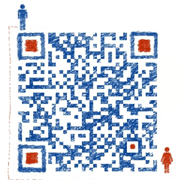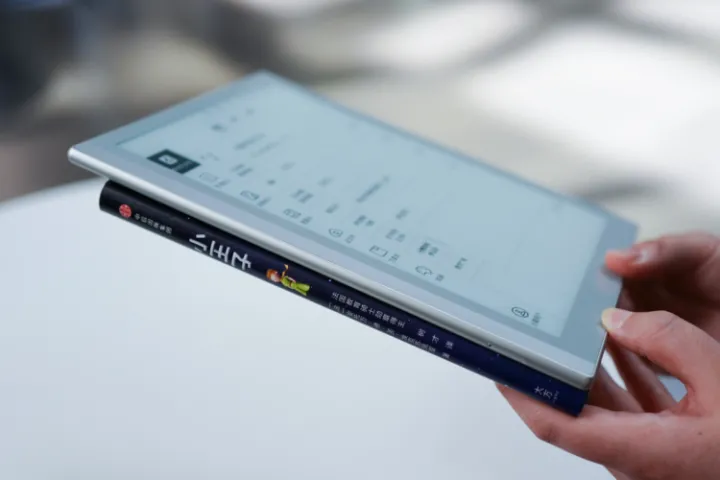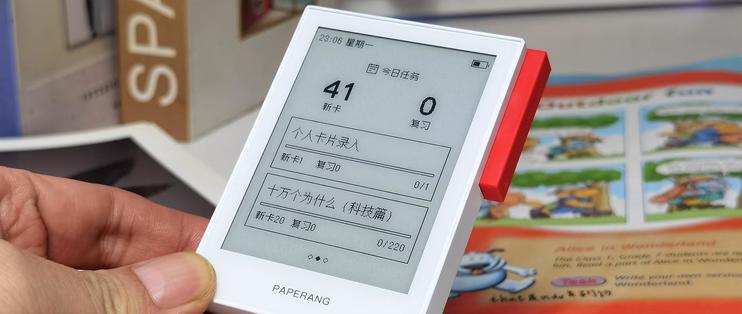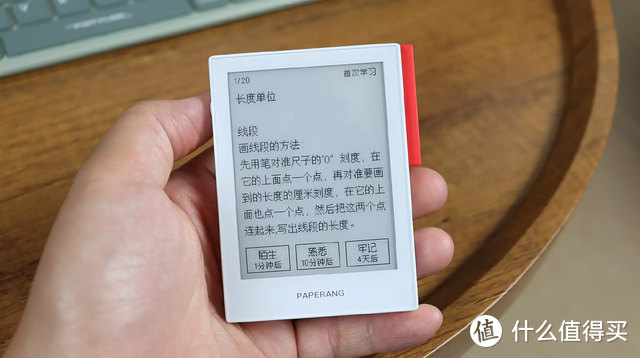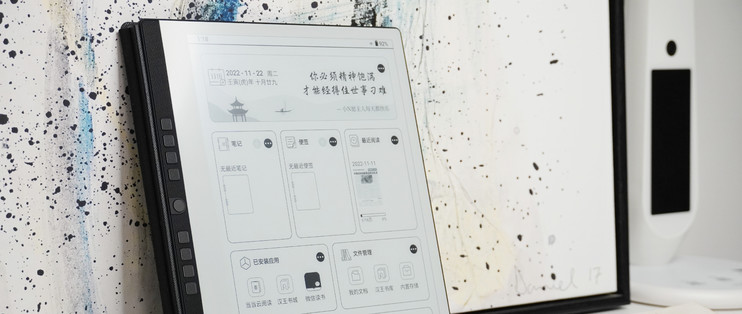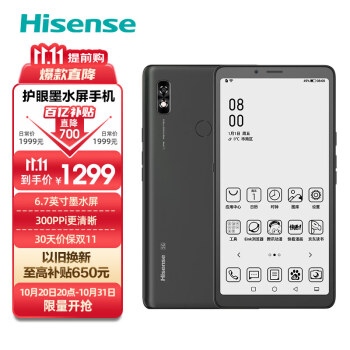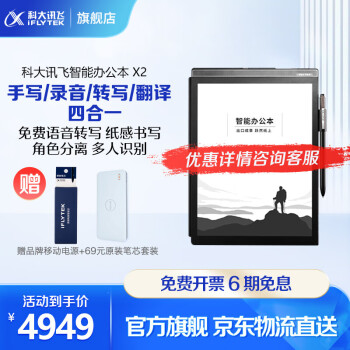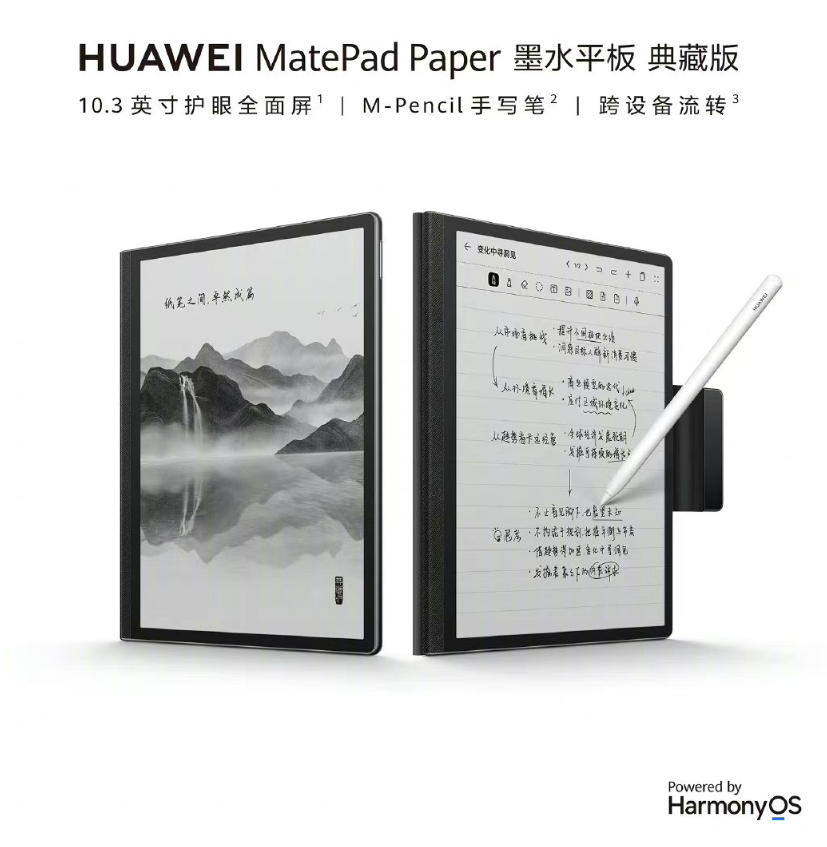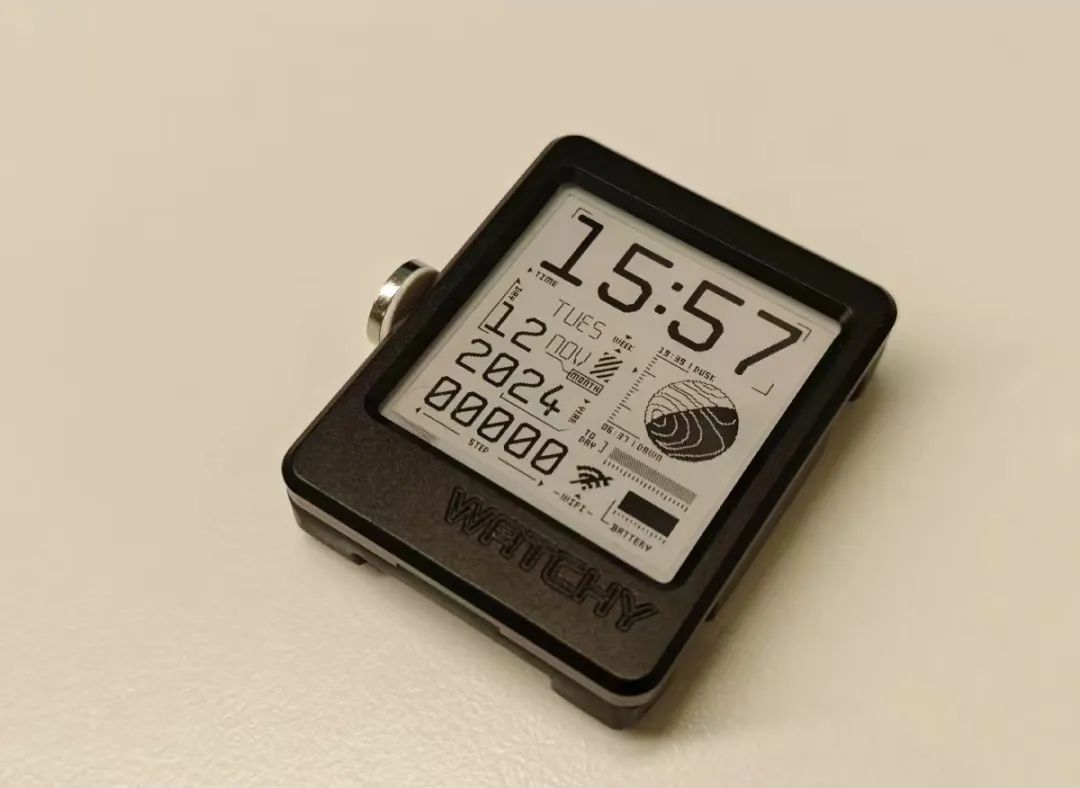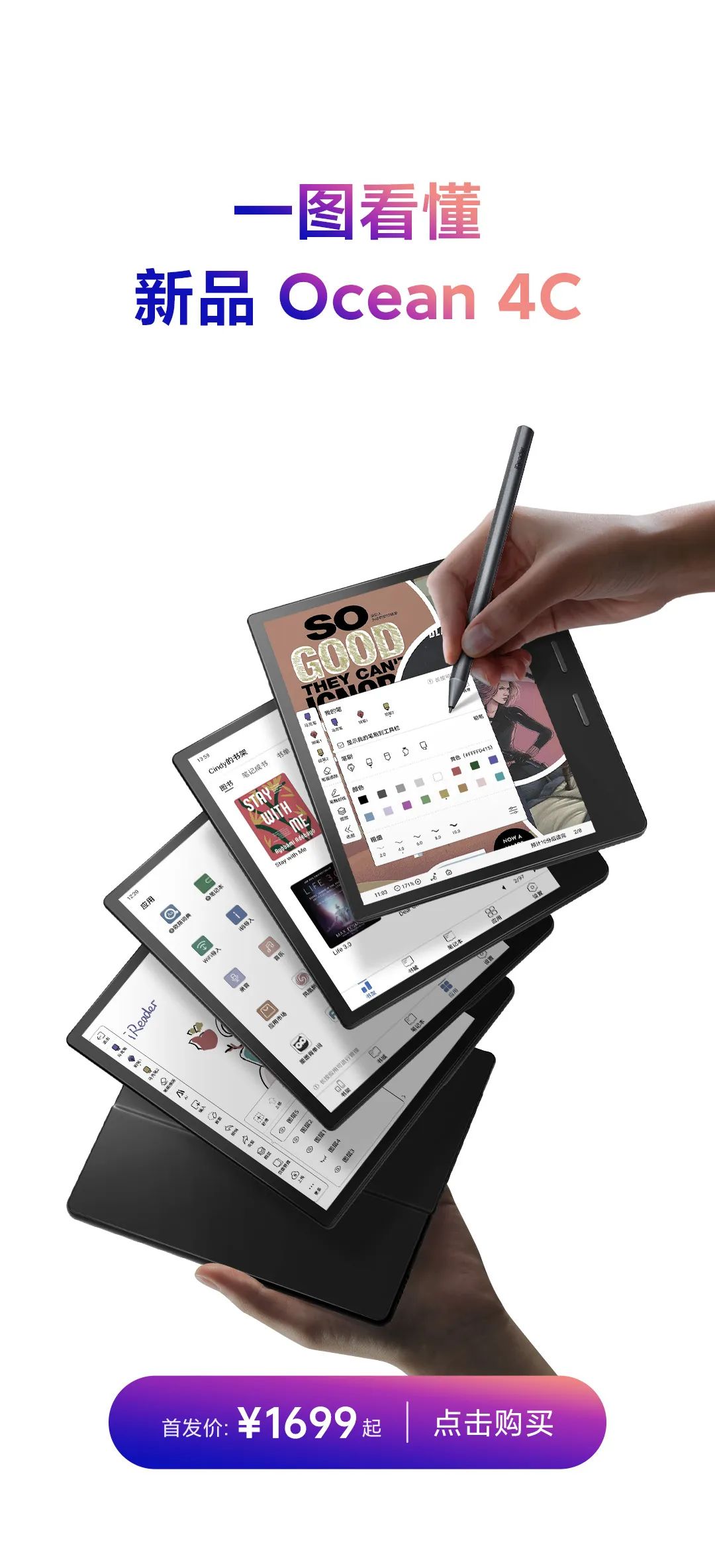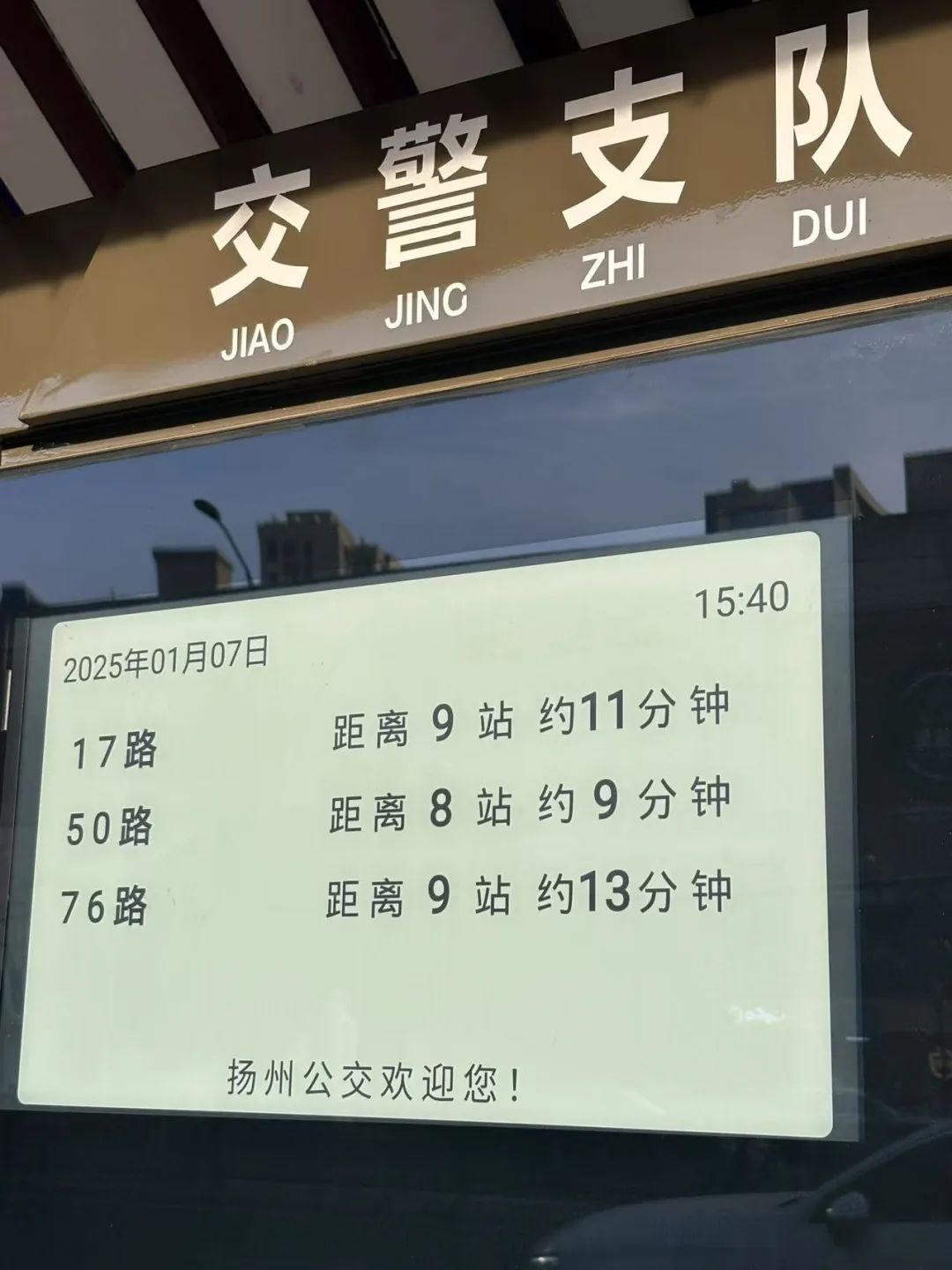Alaska Airlines going digital to slash bag check-in time
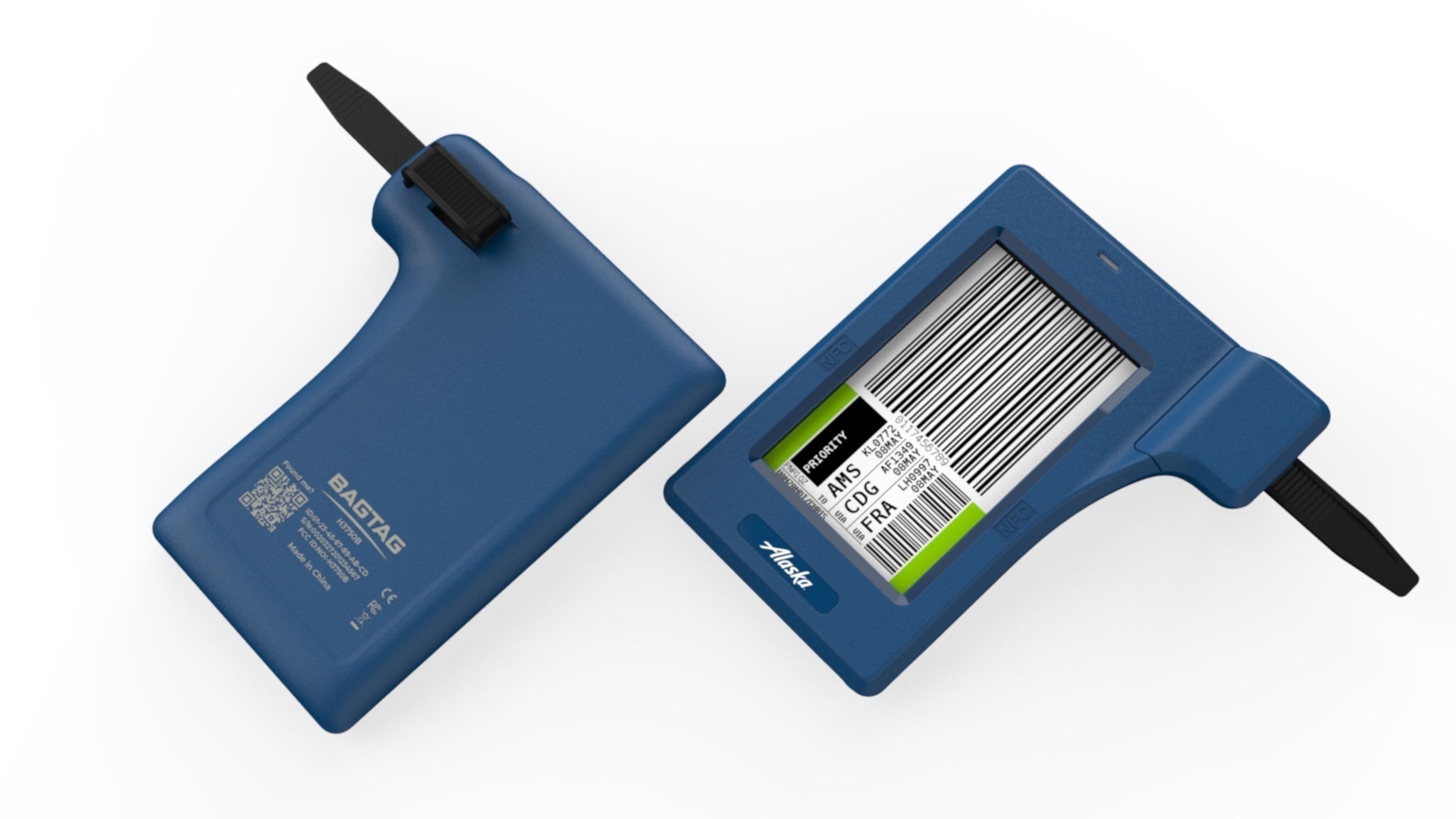 Alaska Airlines has grand visions for growth, targeting a 40% increase in passenger count over the next five years. The carrier’s aircraft order book is strong, but it will still face bottlenecks at airports and with staffing constraints. The carrier is looking at digital solutions to help on that front, touching every facet of the business, including the tags on checked bags. The carrier is not the first to trial an electronic bag tag solution. This is not even the first time the carrier has tried. A 2015 effort saw 500 tags distributed to passengers and 70 are still active today. But this time around the company’s plan looks very different, as does the hardware. [size=1.5em]Not only will travelers with the devices be able to quickly drop-off their luggage, our electronic bag tags will help also reduce lines in our lobbies and give our employees the opportunity to spend more one-on-one time with guests who ask for assistance. – Charu Jain, senior vice-president of merchandising and innovation for Alaska Airlines The 2015 version was an expensive solution, with a limited life expectancy. It required an on-board battery to power the e-ink display, and the attachment cord proved a weak point in the design. The 2022 solution, built by Dutch company Bagtag, promises to address these issues. The new design uses NFC for power, rather than an embedded battery. Placing it on a smartphone to program the new barcode image also powers the device. The attachment strap is reinforced plastic, designed to make the tag more like a part of the bag than something hanging off the side. And the companies expect a much lower distribution cost, though the retail price still shows to be about $70. Perhaps more notable than all that, however, is the airline’s strategy shift around distributing the tags. In 2015 the goal was increased passenger loyalty. In 2022 the company sees that as a side effect of dramatically reducing dwell time in the lobby for passengers who frequently check bags. More than half of transactions at the Alaska Airlines check-in kiosks come from passengers who already paid for their checked bag. Their only requirement is to print the tag and attach it to the bag. Kiosks deliver that more quickly than an agent can, mostly because more kiosks than counters can be deployed in the check-in area. But it still takes time to print and attach. Removing the tagging process completely from the airport should dramatically reduce the time a passenger spends in the lobby to check a bag. And reducing that time means the same lobby space and employee count can handle a lot more passengers and checked bags, helping Alaska Airlines meet its growth goals. The carrier plans to give away 2,500 digital bag tags as the program gets off the ground, with a focus on MileagePlan elite status members who frequently check bags and who frequently travel from Seattle or San Jose, CA. Another 2,000 will be available for travelers to purchase. And further inventory will be managed as demand warrants. Other airlines are also working to speed trips through the baggage check process. Delta Air Lines says an agent-managed bag drop takes about 4 minutes, while self-tagging and facial recognition of ID takes about two. Switching to automated baggage induction further reduces the entire process to just 30 seconds, while also more than doubling customer satisfaction scores. Spirit Airlines offers a strong endorsement of biometric ID checks and automated induction of bags into the handling system. In addition to reducing dwell time, the process improves ancillary revenue generation and improves both employee and customer satisfaction; there’s no argument to be had with the computer. Mike Byrom, the company’s VP for Airports & Crew Services explains:
United Airlines is taking a slightly different tack with its Bag Drop Express kiosks. At those positions company employees tag the bags for passengers who complete the payment process before arriving at the counter. And reports suggest that Southwest Airlines is also testing digital tag options, though details are scarce. The tags Alaska Airlines issues will be compatible with other airlines who participate in the BAGTAG ecosystem. |

